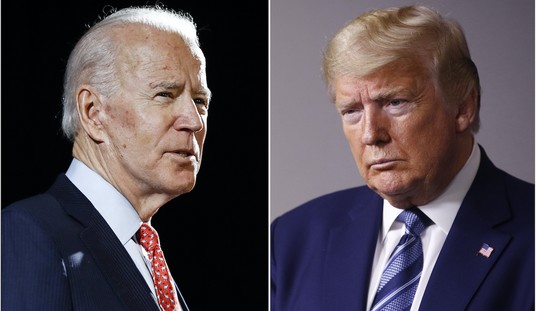Recently, I offered a few proposals to help move along the housing market. Given the need for brevity, the rationales for each were short. As almost all of them were counter to the conventional wisdom, they do merit a little more explaining, in particular the suggestion to raise interest rates.
Before I could offer a further discussion of the fact that the mortgage market is driven by both demand and supply, Daniel Indiviglio at the Atlantic was quick enough to provide much of that detail. Rather than repeat his analysis here, which I agree with, let’s focus on a few other points.
David argues that “at rates like 4 percent, those loans had better be pristine if the bank wants to ensure that its default risk is covered by the small amount of interest it receives.” Let’s dig a little deeper. What lenders care about are real rates. With inflation running approximately 2 percent, the real return on a prime mortgage today, before credit cost, is around 2 percent. But today about 3.5 percent of prime loans are in foreclosure. Assuming a 50 percent recovery rate, 1.75 percent is needed to cover credit losses. Even in good times, prime loans foreclosure at about a 0.6 percent rate. With subprime foreclosures running about 14 percent, you’d need to charge at least 9 percent to break-even in real terms. At today’s rates, lenders are barely breaking even on prime loans, they’d bleed money if they charge similar rates to subprime borrowers.
Recommended
But then why don’t lenders just charge higher rates for the higher risk borrowers? After all that’s what they did during the bubble years. Well a lot has changed since then. For instance, in 2008 the Federal Reserve, under the Home Ownership and Equity Protection Act (HOEPA), lowered the threshold for what is considered a “higher-cost” mortgage, from treasury +8 percent, which excluded much of the market, to prime mortgage +1.5 percent, which under current rates makes anything over 5.5 percent a “high cost” mortgage. When Congress passed HOEPA in 1994, it shut down that segment of the market, due to what is tremendous litigation risk. Now the Fed’s extension of HOEPA has done the same for much of the mortgage market. According to the Fed, 22 percent of the market was “higher-cost” in 2005. After the new regulation, that share had fallen to 2.4 percent in 2010. Yes the housing bubble and credit crisis would have shrunk that market, but by almost 90 percent? And yes, many of those loans we didn’t want to come back, but many we did.
The point here is that the Fed actually does impose, via legal risk, a de facto ceiling on mortgage rates. If we want to bring back housing/mortgage demand among higher risk borrowers, which were a significant source of demand, then the Fed would be wise to suspend its current HOEPA rules. If we don’t want to bring that demand back, then fine, just stop complaining about a weak housing market. As an aside, I was of the view in 2008 and still today that the Fed lacked legal authority for its 2008 HOEPA rule, but then the Fed has rarely let a lack of legal authority get in its way.
Mark A. Calabria, Cato Institute

























Join the conversation as a VIP Member